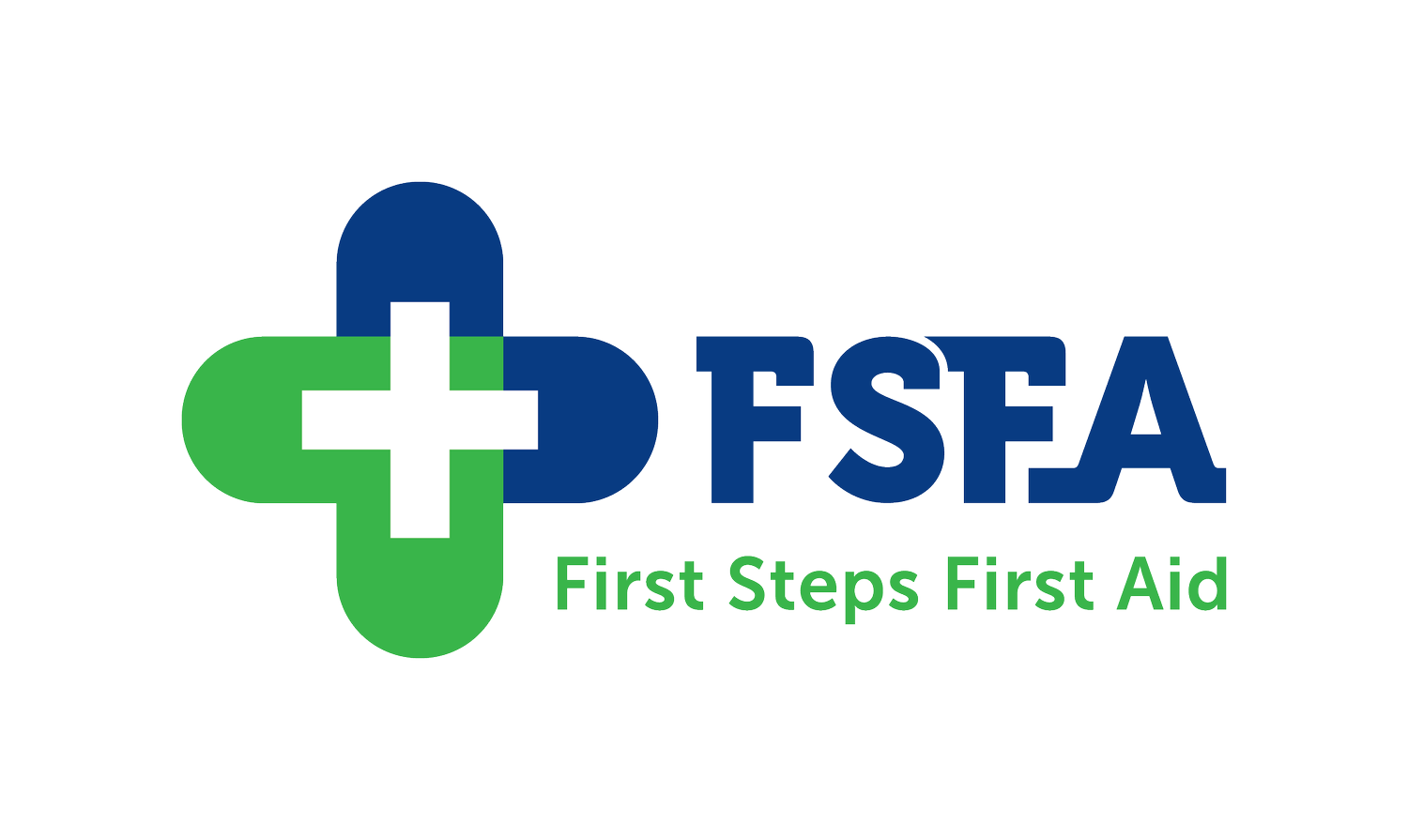First Aid Training for High Risk Industries: Tailoring Courses to Your Needs
First Aid Training for High Risk Industries: Tailoring Courses to Your Needs.
Operating in remote or high-risk locations, such as construction sites, presents unique challenges for businesses when it comes to first aid. These environments often involve potential hazards and increased distances from medical facilities, making it crucial to have specialised first aid training tailored to the specific needs of the industry. Here are some key considerations:
Inaccessible Medical Facilities
Challenge: Remote locations may have limited or no access to medical facilities, making it essential for businesses to have well-equipped first aid kits on-site.
First Aid Response: Training should focus on providing initial care for injuries and medical emergencies until professional help can be reached. This includes instruction on using first aid supplies and equipment available on-site.
High-Risk Activities
Challenge: Construction sites involve high-risk activities that can result in severe injuries, such as falls, electrical shocks, and heavy machinery accidents.
First Aid Response: Tailored training should address the specific types of injuries common to the industry, teaching techniques for stabilizing and treating trauma-related injuries until advanced medical assistance arrives.
Communication Barriers
Challenge: Remote locations may have limited communication capabilities, making it challenging to contact emergency services quickly.
First Aid Response: Training should include communication strategies, such as establishing designated communication points, using radios, or satellite phones, to ensure efficient coordination in case of emergencies.
Extreme Environmental Conditions
Challenge: Construction sites can be exposed to extreme weather conditions, including heat, cold, or adverse weather events.
First Aid Response: Specialised training should cover the effects of environmental conditions on the body, including heat-related illnesses, hypothermia, or dehydration, and how to provide effective first aid in such situations.
Remote Evacuation Challenges
Challenge: Evacuating an injured person from a remote location can be time-consuming and logistically challenging.
First Aid Response: Training should include guidance on creating and practicing emergency evacuation plans, as well as techniques for safely moving injured individuals in the absence of immediate professional assistance.
Specific Industry Hazards
Challenge: Each industry, including construction, has its unique set of hazards, such as exposure to hazardous materials, construction equipment, or structural collapses.
First Aid Response: Industry-specific first aid courses should address the unique risks associated with the business. For example, construction site first aid training may cover injuries related to tools, scaffolding accidents, or construction material mishaps.
CPR and AED Training
Challenge: In remote locations, the response time of emergency medical services might be extended, making immediate and effective CPR and AED use critical.
First Aid Response: Comprehensive first aid courses should include CPR and AED training to equip individuals with the skills to respond quickly and effectively to cardiac emergencies.
Mental Health First Aid
Challenge: High-risk environments can lead to stress, anxiety, or trauma among workers in the event of accidents or emergencies.
First Aid Response: Training should include elements of mental health first aid to help individuals cope with the emotional impact of emergencies, fostering a supportive environment for mental well-being.
In summary, first aid training for businesses operating in remote or high-risk locations, such as construction sites, should be customized to address the specific challenges and hazards of the industry. This tailored approach ensures that employees are well-prepared to respond effectively to emergencies and provide immediate care until professional medical help is available.
